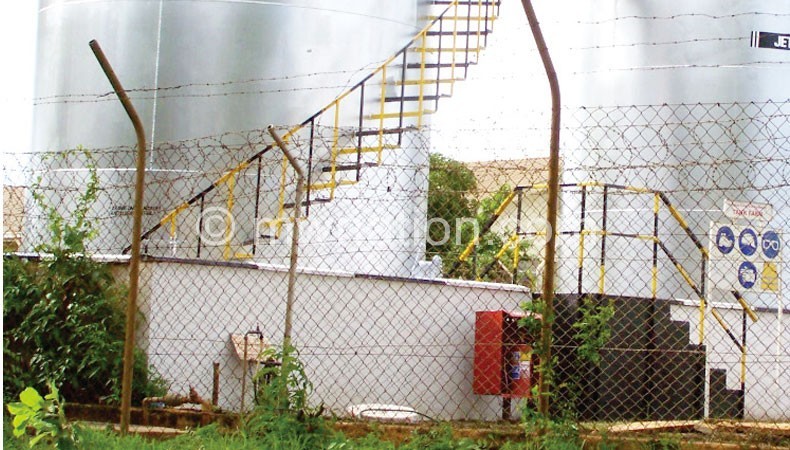Malawi fuel storage capacity improves
Malawi’s fuel storage capacity has improved from about ten days cover to about 15 days cover, a latest survey conducted by the Malawi Energy Regulatory Authority (Mera) has showed.

Mera director of Economic Regulation Eunice Potani made the revelation in Lilongwe during the official presentation of results of a detailed baseline energy demand survey which Mera in conjunction with the National Statistics Office (NSO) conducted in 2012.
Among others, the study was aimed at determining the available fuel storage capacity and how that impacts the fuel supply situation in the country.
“As we speak now we have improved from the little ten days that we used to have and we are now filling the capacity of about 15 days cover available for petroleum products but the intention is that if we as a country are going to attain that security of fuel supply, we needed to sit on 90 days cover,” said Potani in an interview after the presentation of the study report.
Southern Africa regional standards require countries like Malawi that are not connected to the sea to have 90 days of fuel storage cover, according to Potani.
For years, the country’s fuel reserve facilities have had a combined capacity of two million litres of fuel, which only last two days.
Landlocked Malawi, which imports its fuel through the ports of Beira and Nacala, in Mozambique, and Dar es Salaam, in Tanzania, has in recent years been experiencing frequent fuel shortages owing to inadequate fuel storage facilities and shortages of foreign exchange to procure the commodity from international suppliers.
Fuel shortage woes peaked in 2011 when the economy was gripped by probably the worst twin fuel and foreign exchange crises, hitting hard capacity utilisation of most manufacturers before forcing the International Monetary Fund (IMF) to revise real Gross Domestic Product (GDP) growth rate during the year to a meager 1.8 percent.
Potani said ideally and according to law, the expectation is that 60 percent of the fuel storage cover is to be financed by public resources and that is why recently government through National Oil Company establishing additional storage fuel facilities across the country.
“There is need for Mera as a regulator to develop enough incentives for private sector players to invest in the additional storage facilities to ensure security of fuel supply,” she added.
According to Mera chief executive officer Raphael Kamoto, specifically, the study was instituted to ascertain the actual demand for petroleum products and levels of imports and demand for petroleum products by both public and private institutions.





